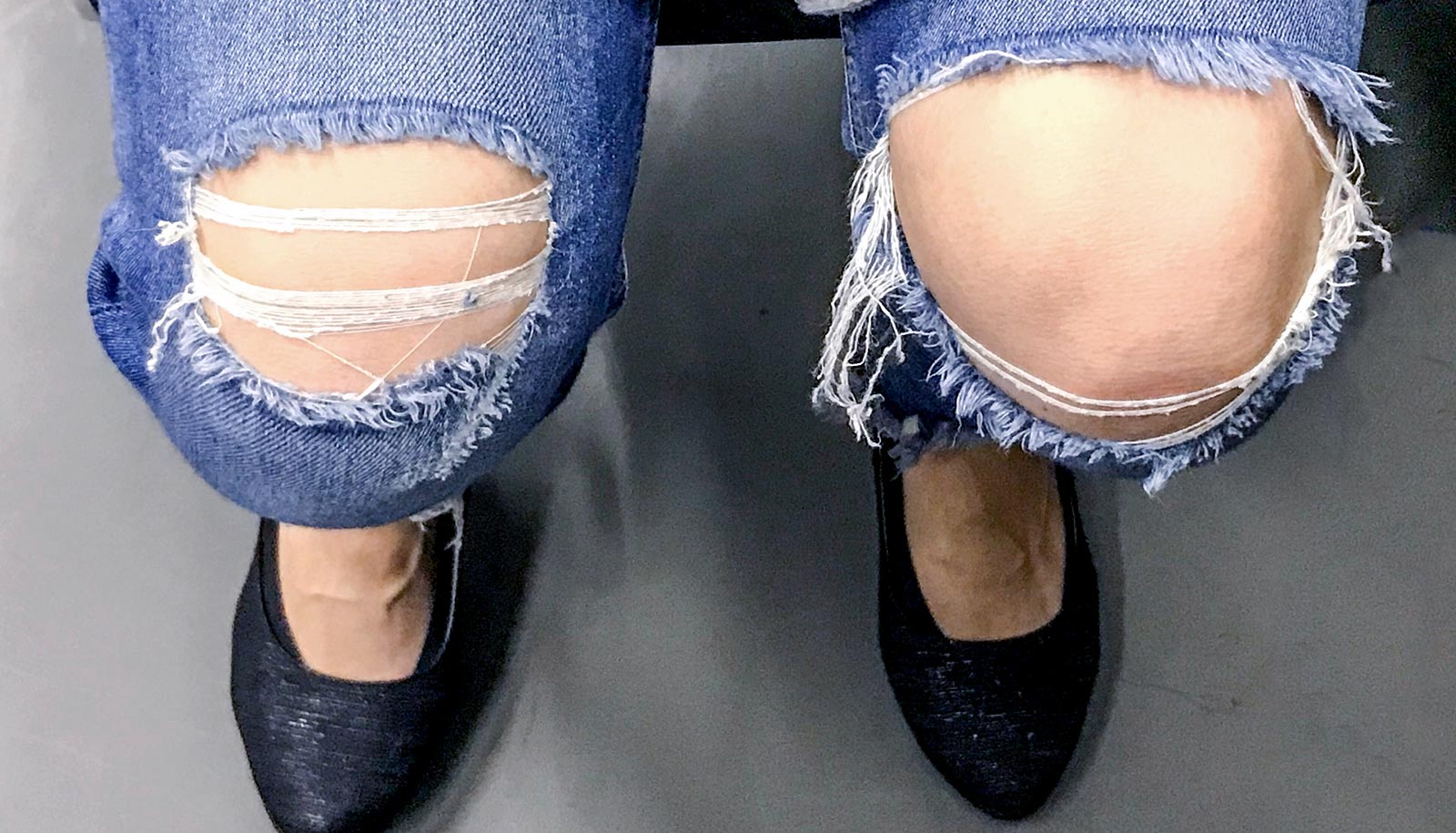The bacterial microbiome of the skin’s outer layer, the epidermis, may be unique to each person, but that’s not the case with the layer below, the dermis.
A new study using skin samples from knees and hips finds the same bacteria across age and sex in the dermis layer.
According to the researchers, this knowledge is important for improving the understanding and treatment of skin disorders such as childhood eczema and psoriasis.
“We found that the microbiome in epidermis is unique. It is very different and depending on age and gender. On the other hand, the microbiome in dermis is the same—regardless of age and gender. This has not been shown before,” says coauthor Lene Bay, postdoctoral researcher in the department of immunology and microbiology at the University of Copenhagen.
The researchers got the samples from Danish patients who were having knee surgery. All the operations were so-called primary operations, that is, the patients were healthy and did not have an infection beforehand.
“It is important that we drop the assumption that we are all different, and that the microbiome of the skin does not matter very much. We do know that bacteria play a major role in skin disorders. Therefore, we need to understand the bacteria and the skin in its three dimensions,” says coauthor Thomas Bjarnsholt, professor at the department of immunology and microbiology.
“Especially in connection with skin disorders, you see that the healthy skin balance disappears and that there is a build-up of some dominant bacterial species. Hopefully, this knowledge will help us to understand for example how eczema occurs and which irregularities are taking place in the skin,” says Bjarnsholt.
The skin’s microbiome is made up of millions of viruses, bacteria, and fungi. However, they are good microorganisms which help protect the skin and interact with the body’s immune system.
There is also a microbiome in the intestines which likewise consists of bacteria, viruses, and fungi. The gut bacteria plays an important part in human health and disease.
The understanding of the dermis microbiome may also be important to understand how, for example, acute wounds, infections, and surgical wounds occur. There is always a risk of infection in connection with surgery. For knee and hip surgery, the risk is 1-2%.
“It is not a huge problem, but there are many knee and hip operations on a yearly basis, and we will see more and more in the future. That is why it will represent a growing problem. We believe that the dermis’ microbiome has a bearing on the risk of infection after surgery,” says Bay.
“When you cut through the skin during surgery, you may be pushing some of these bacteria even further down. And the underlying bacteria are not cleansed with surgical ethanol like the bacteria on epidermis. Which significance that may have and whether it may be the cause of post-surgery infections is one of the things that we need to study more closely.”
The researchers’ next step will be to study other skin areas. Knees and hips are dry skin areas. Therefore, researchers would also like to study oily and moist skin habitats, the upper back and the armpit, for example. In the long term, the researchers would also like to study skin samples from patients with diseases in order to be able to compare the microbiome in dermis to those of healthy patients.
Support for the work came from the Lundbeck Foundation and the LEO Foundation. The study appears in mBio.
Source: University of Copenhagen



